Fortune tree
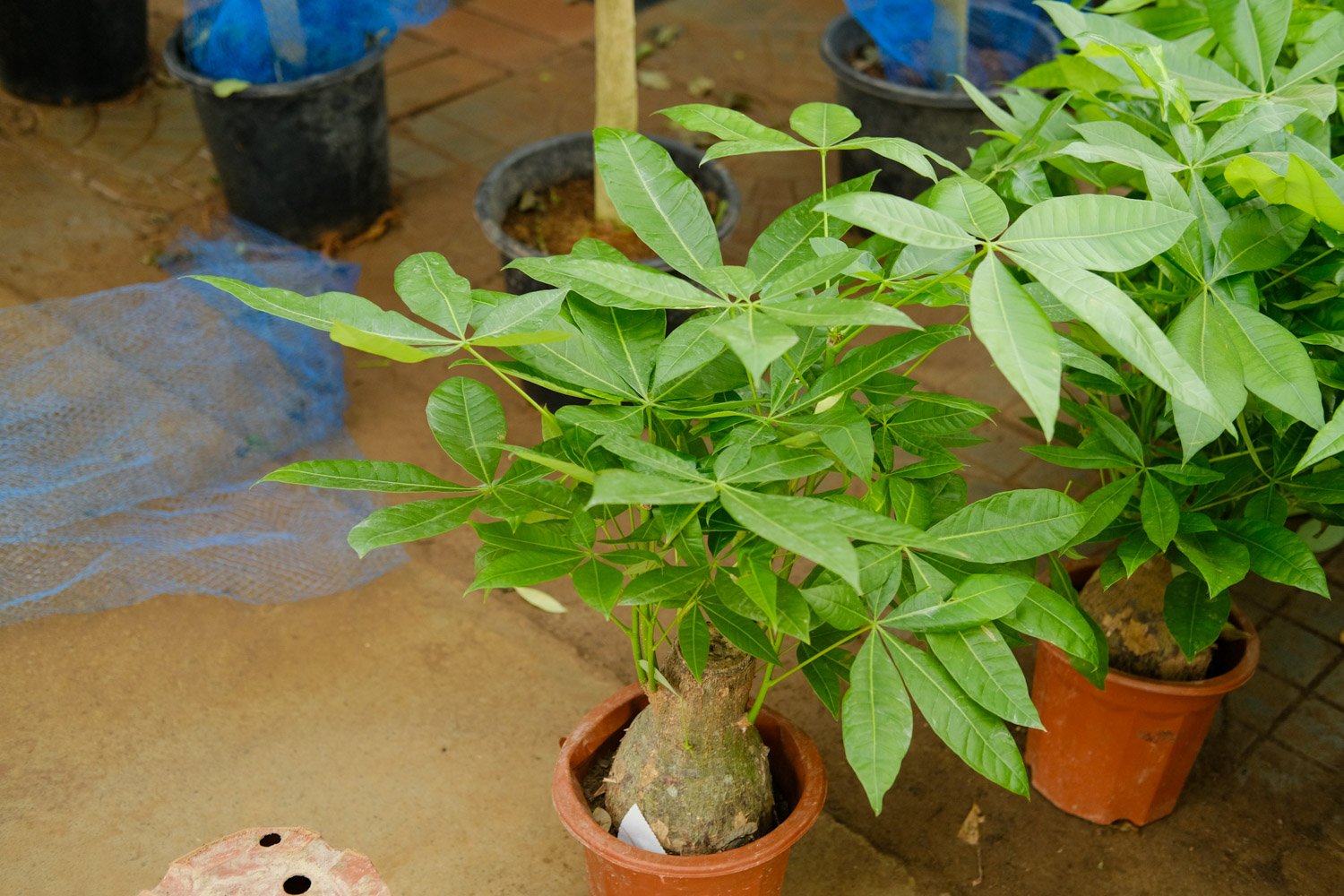
1 fertilization
Fortune tree is a fertilizer loving plant. It can be mixed with humus soil, pastoral soil, miscellaneous bone powder and bean cake residue to prepare fertilizer soil. The fertilizer should be fully decomposed before use, otherwise the leaves will "burn" yellow
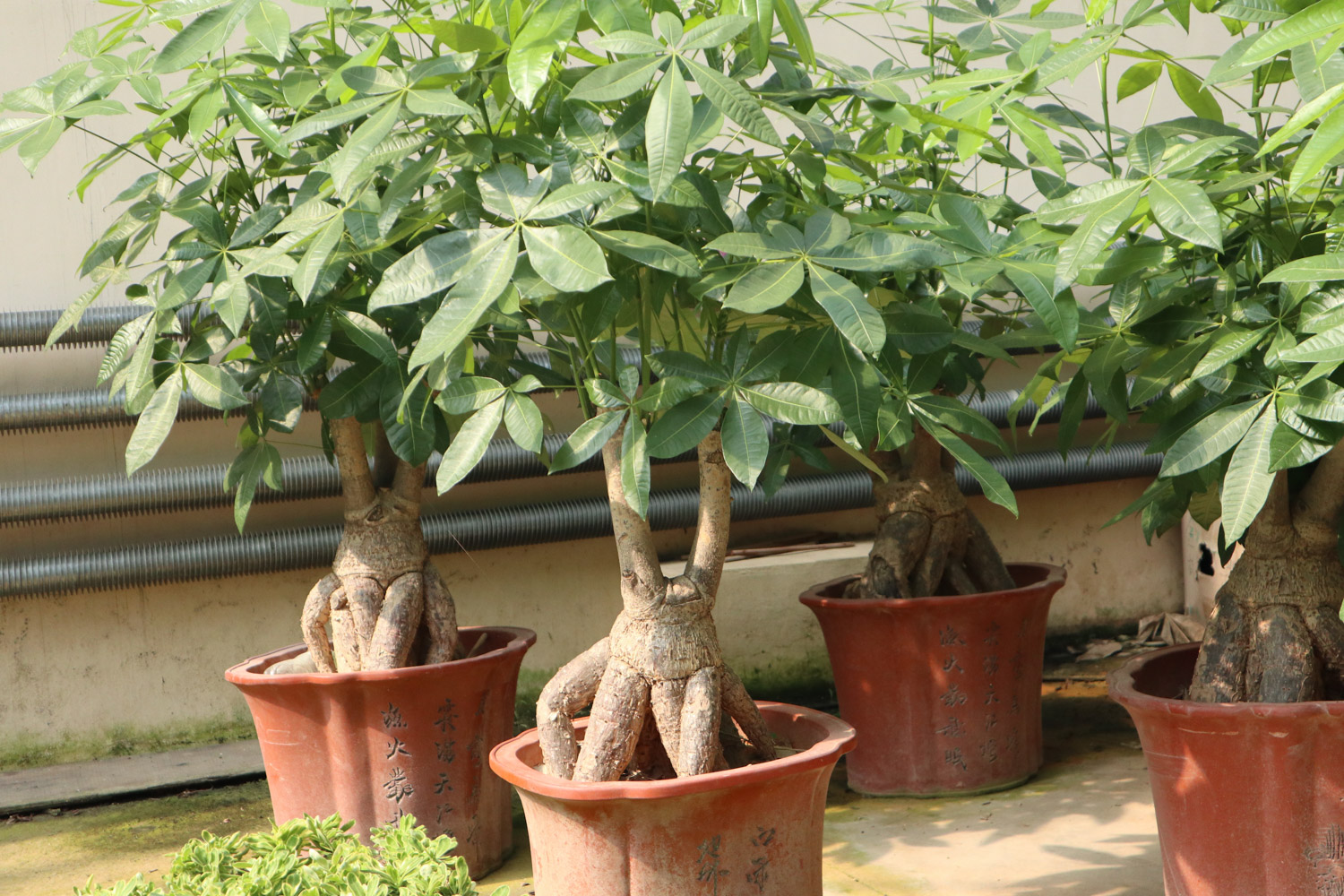
From May to September is the best growth period of fortune tree. During this period, spray foliar fertilizer once every 15 days, or sprinkle some compound fertilizer on the basin surface to ensure that thin fertilizer is applied more, which can be conducive to the vigorous growth of fortune tree
2 watering
The temperature and humidity in autumn are relatively appropriate. It's OK to water before the sun sets
The water temperature should be close to the soil temperature and should not be lower than 10 ℃. In autumn, the watering frequency of small fortune trees should be guaranteed to be watered once every 5-10 days, and that of large fortune trees should be guaranteed to be watered thoroughly for 15-20 days without ponding
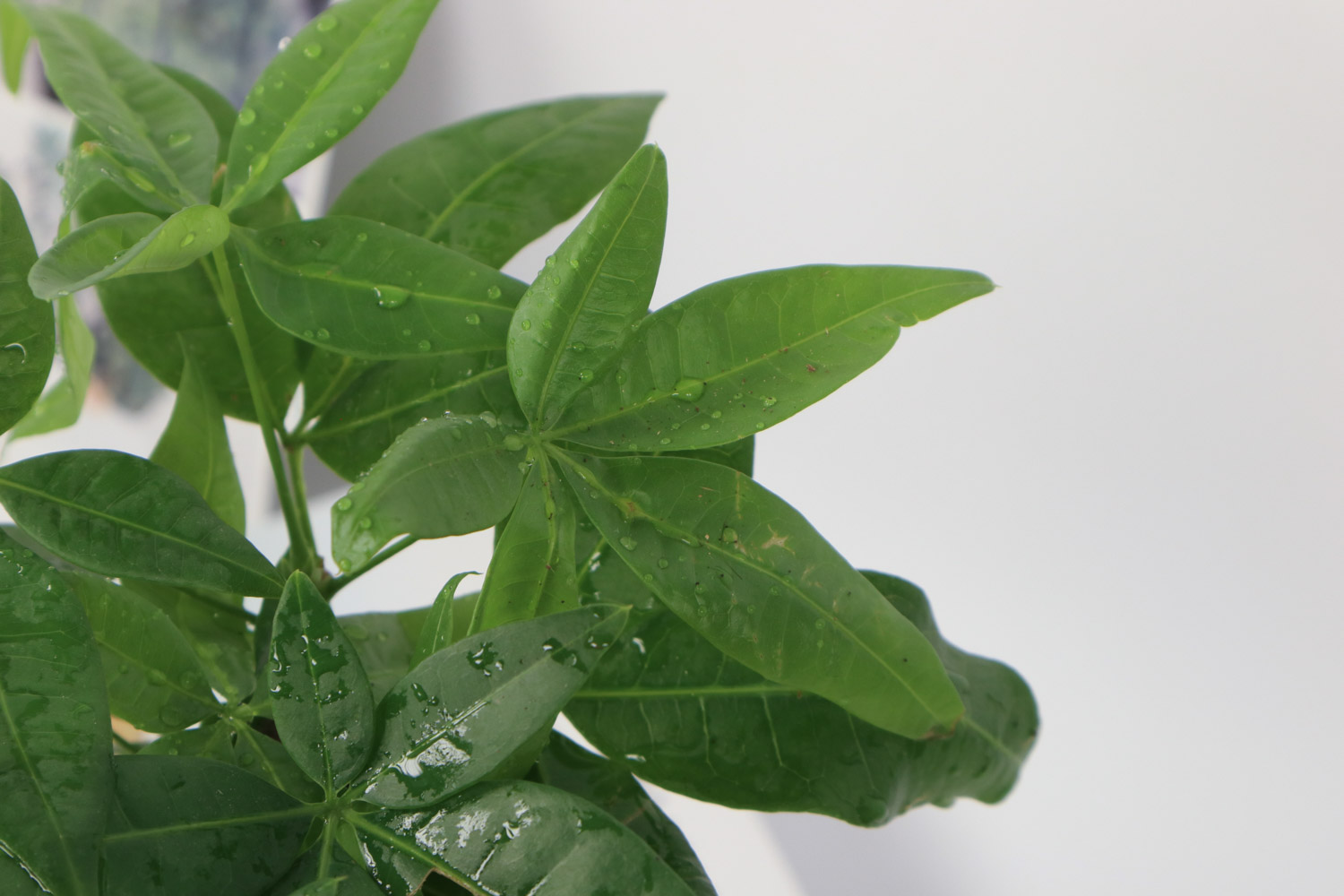
Fortune tree likes acidic water. Rainwater and river water are conducive to the growth of fortune tree. Tap water at home can also be used for watering after drying, but tea and drinks cannot be poured into flower pots
3 light
Fortune tree likes a high-temperature and humid environment. It cannot be in a cold environment for a long time. It should be placed in the South sunshine or in a sunny place indoors. The leaf surface must face the sunshine
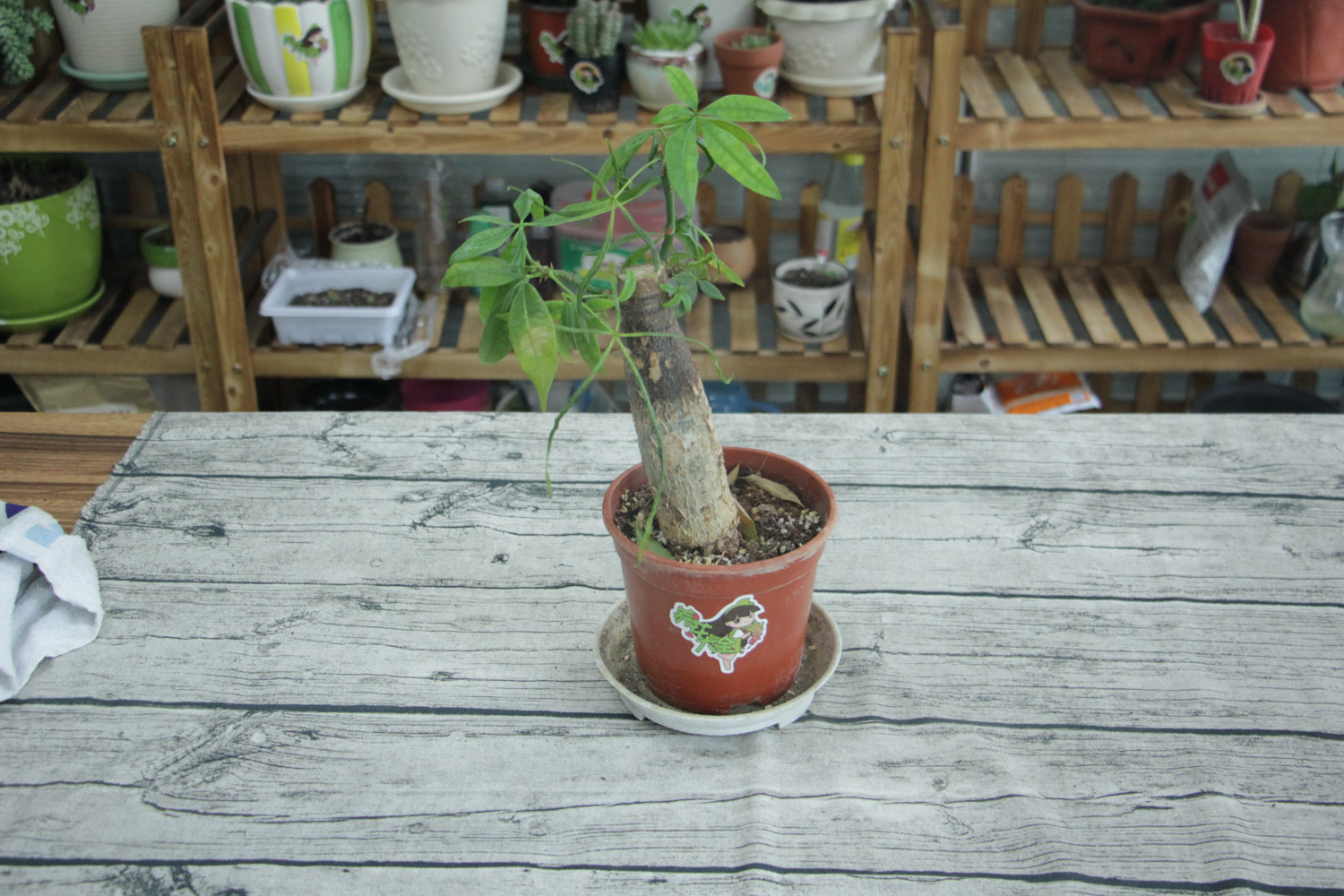
When the temperature and humidity of the surrounding environment are inappropriate, fortune trees will fall leaves. Therefore, it is necessary to ensure that the ambient temperature is above 15 ℃, and often spray water on the leaves to ensure humidity. Due to the humid climate in the south, the frequency of spraying water can be reduced
Chlorophytum
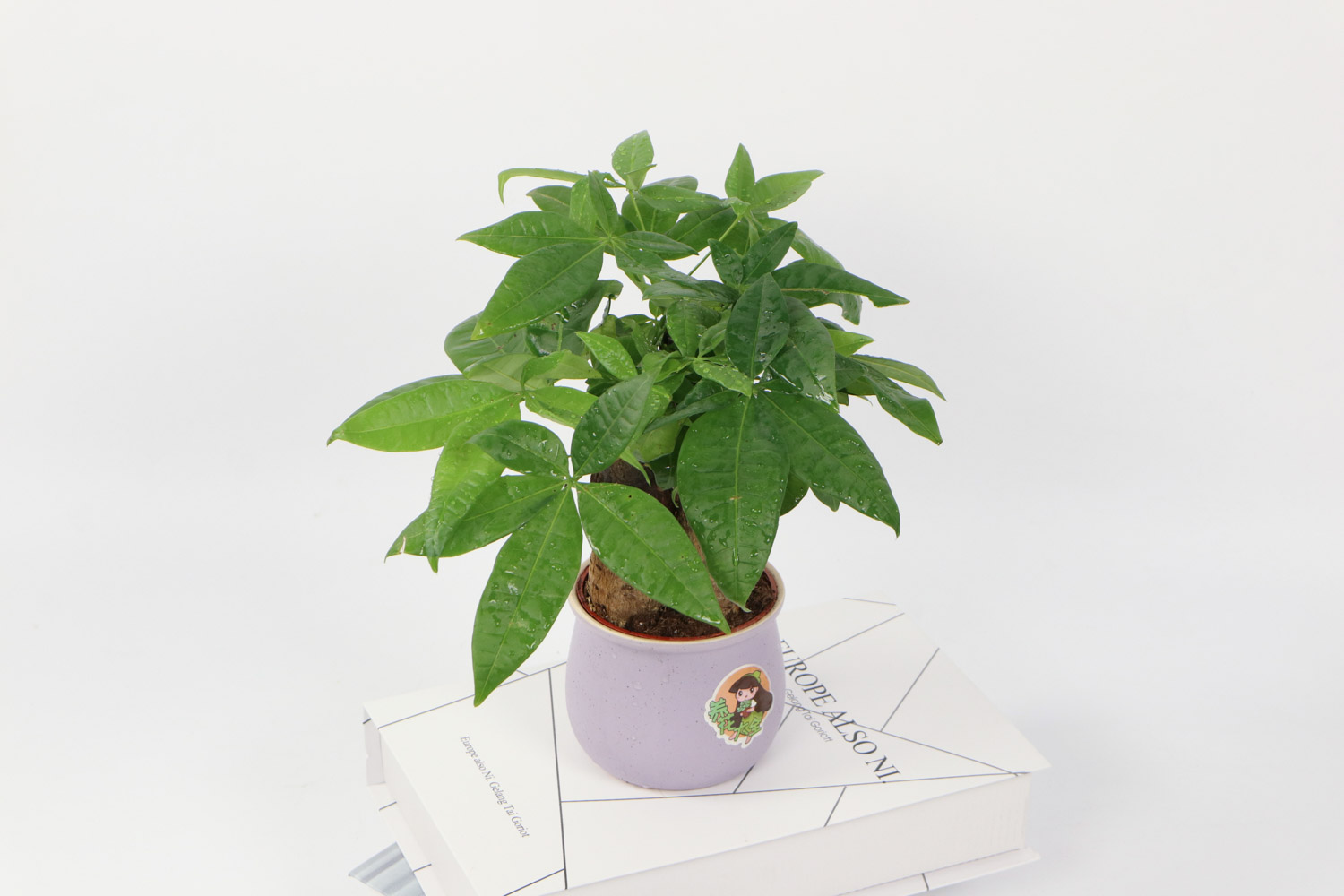
1 Soil
Chlorophytum likes fertile and loose sandy soil, keep the soil moist, pad some stones at the bottom of the flower pot, spread a layer of fine sand on it, and put humus on the top, which is conducive to the growth of Chlorophytum
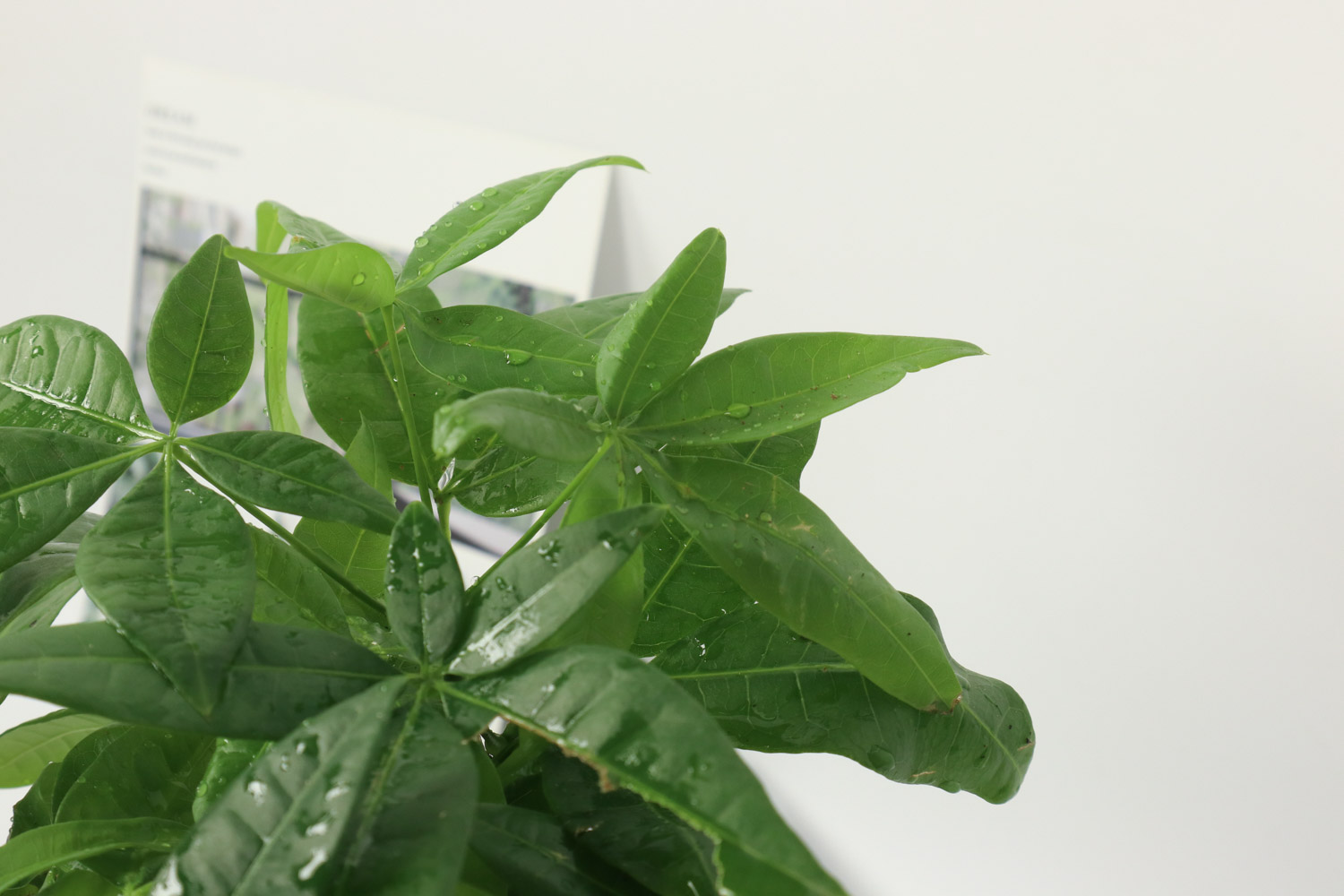
2 watering
Chlorophytum is a water loving plant. It should be watered adequately in the peak growth season. In autumn, it can be sprayed once in the morning and once in the evening. The basin soil should always be kept wet. When watering, the water temperature should be close to the room temperature, and there should be no ponding

3 light
Chlorophytum is sensitive to light. When the sun is direct, the leaves will wither and even die, so we should pay attention to appropriate shading

Don't let Chlorophytum suddenly accept the light, but move to the windowsill step by step. You can put Chlorophytum on nanyangtai for 1-2 hours when the sun just comes out
Evergreen

1 Soil
Loose, well ventilated and acidic soil is most beneficial to the growth of evergreen. The cultivation soil of evergreen can be combined with humus soil, rotten leaf soil, sandy soil and furnace slag fertilizer. Each kind of soil material can be poured into the flower pot after being exposed to strong sunlight in advance
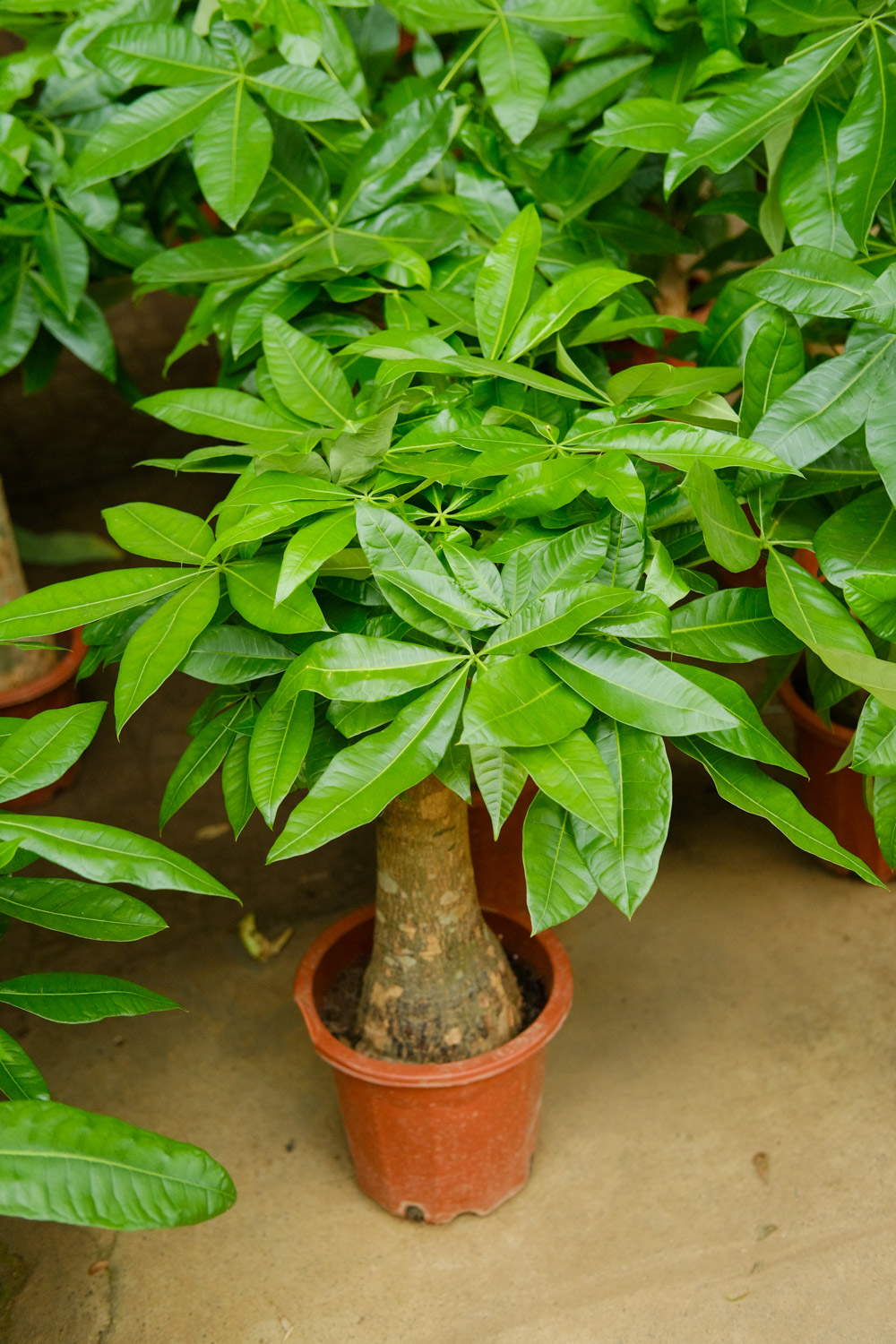
Evergreen does not have high requirements for fertilizer. When changing pots in autumn, applying base fertilizer every 3-4 weeks can make evergreen strong and prosperous
2 watering
Do not water too often in autumn. Water once every 3-4 days. According to the principle of "do not dry, do not water when it is dry, and pour thoroughly when it is poured", it is OK to ensure that the basin soil is wet and avoid ponding
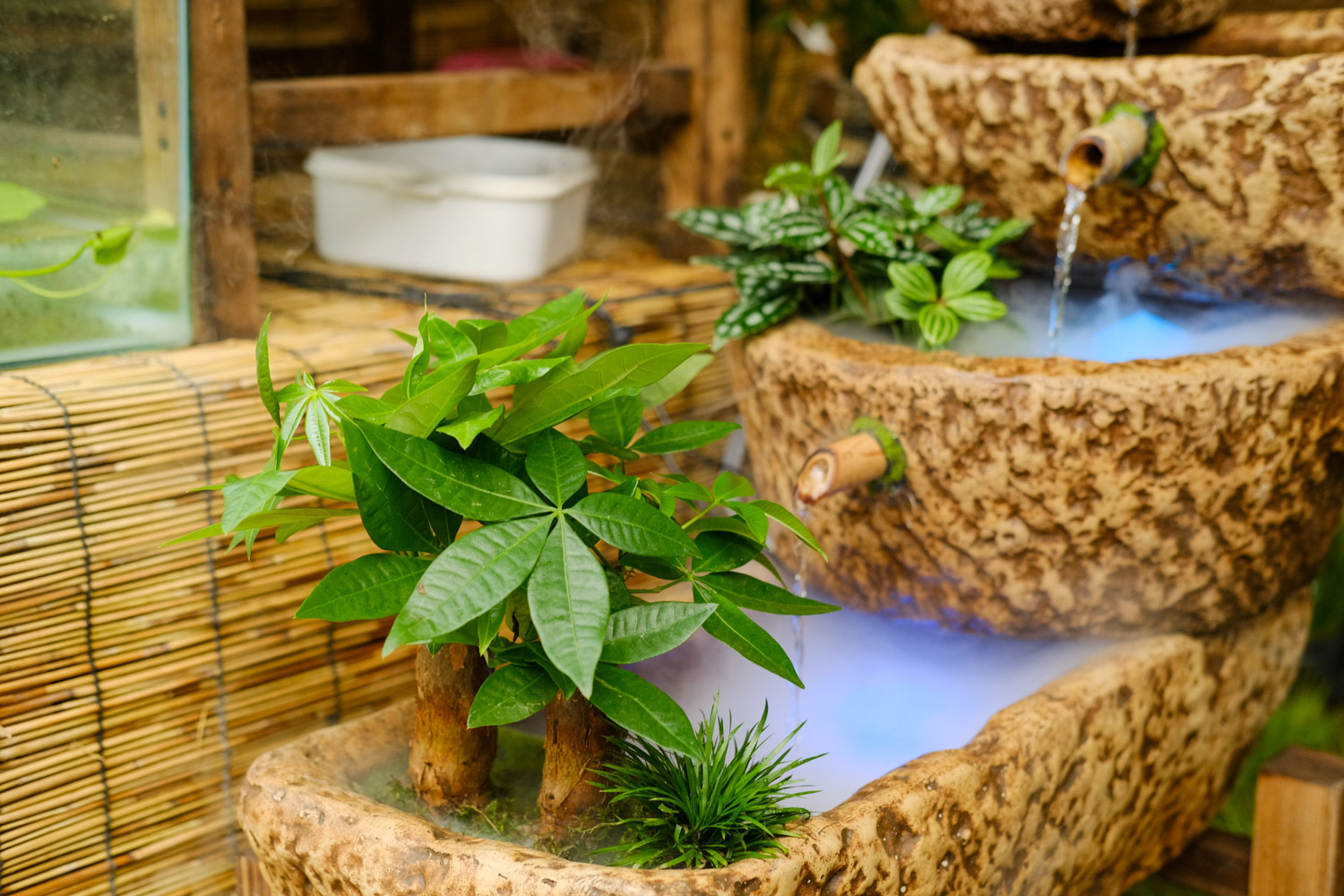
3 light
Evergreen is resistant to concealment. If the sun is direct for a long time, the leaves are easy to turn green and white. You can put it under the balcony to avoid direct sunlight. The temperature of 20-30 ℃ is the most suitable for the growth of evergreen
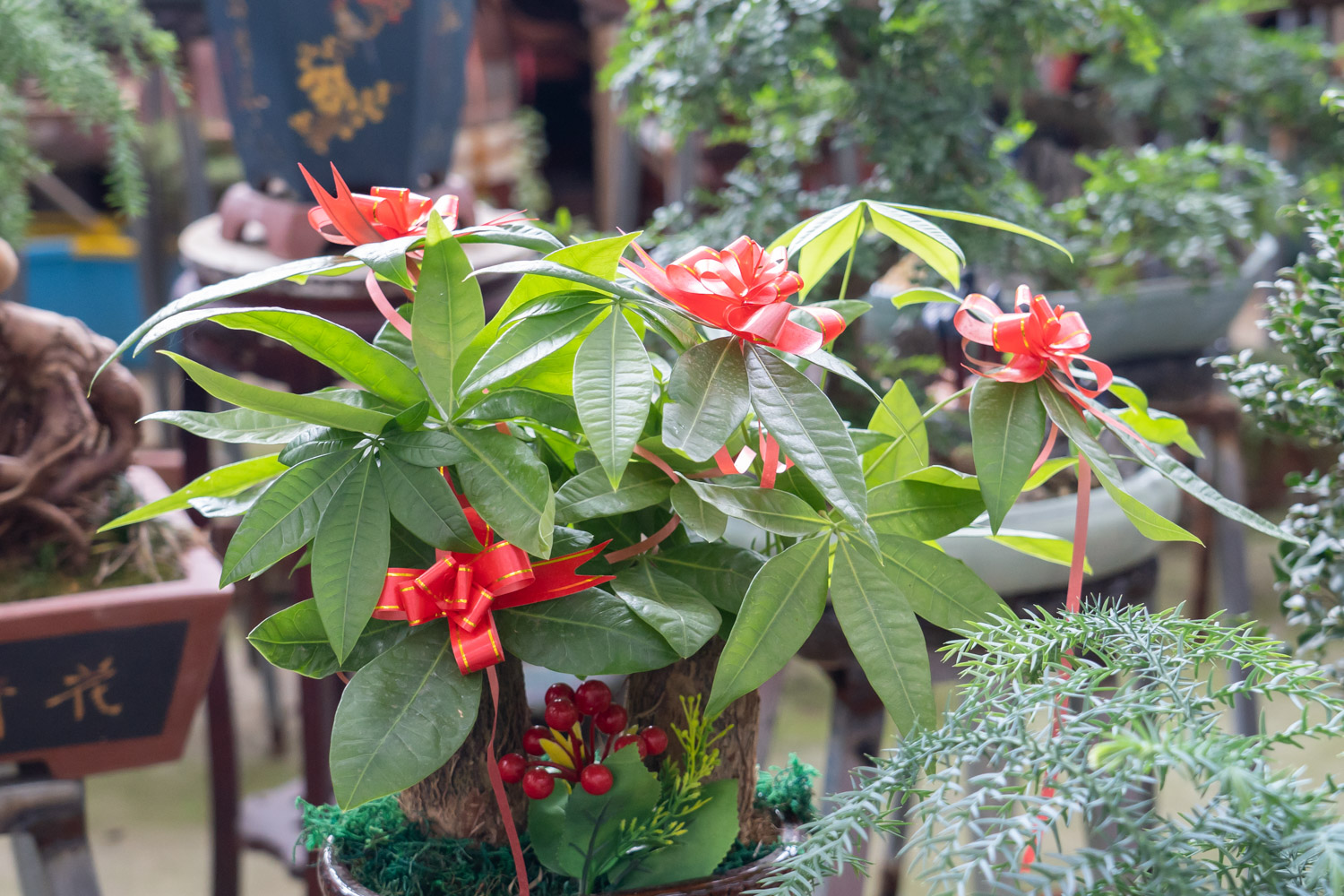
Jasmine
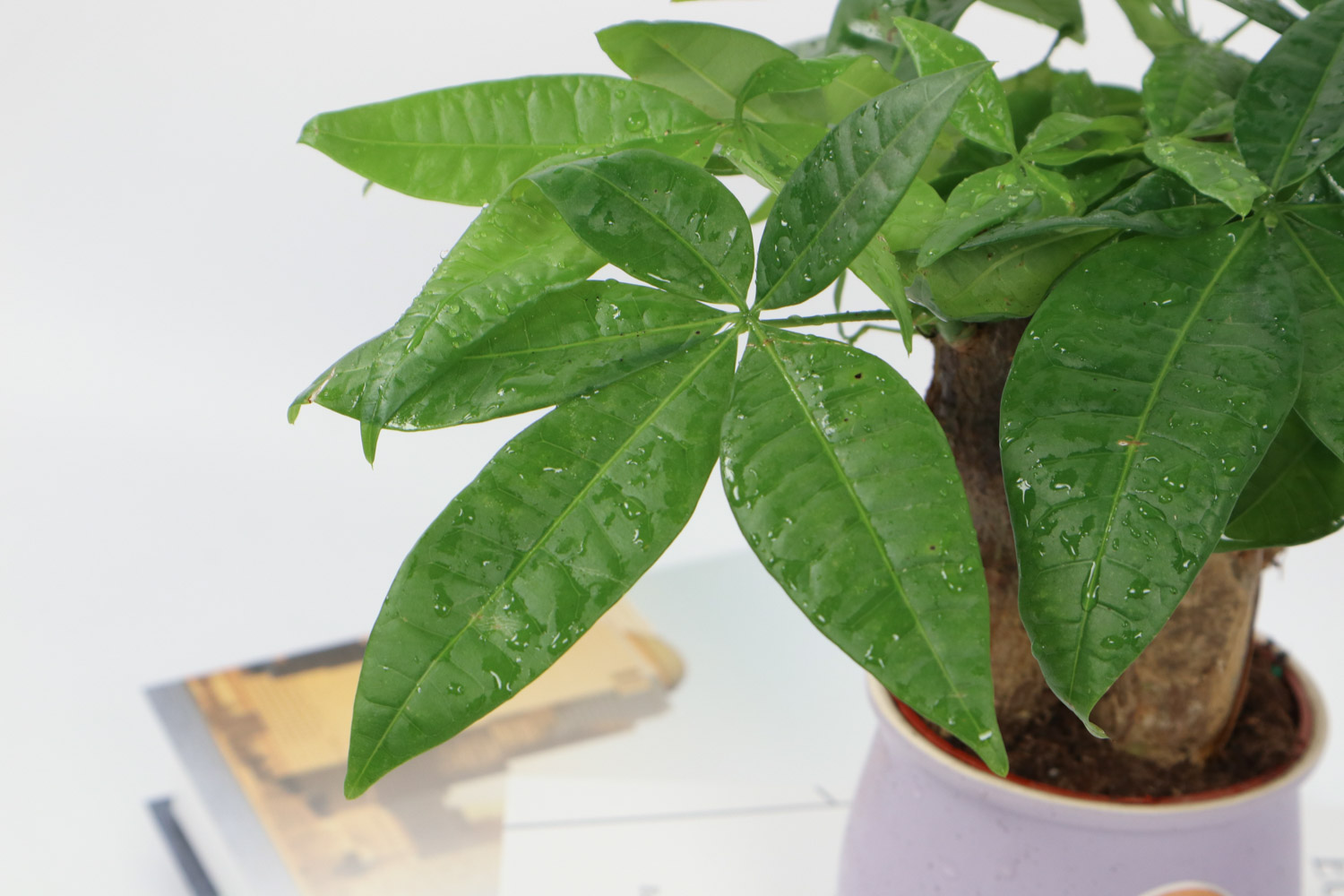
1 fertilization
Jasmine likes slightly acidic inorganic fertilizers, such as fully fermented rice washing water and noodle soup. In autumn, the fertilization frequency of jasmine flower must be controlled. If it can't be fertilized, it will not be fertilized, otherwise it will easily cause plant death
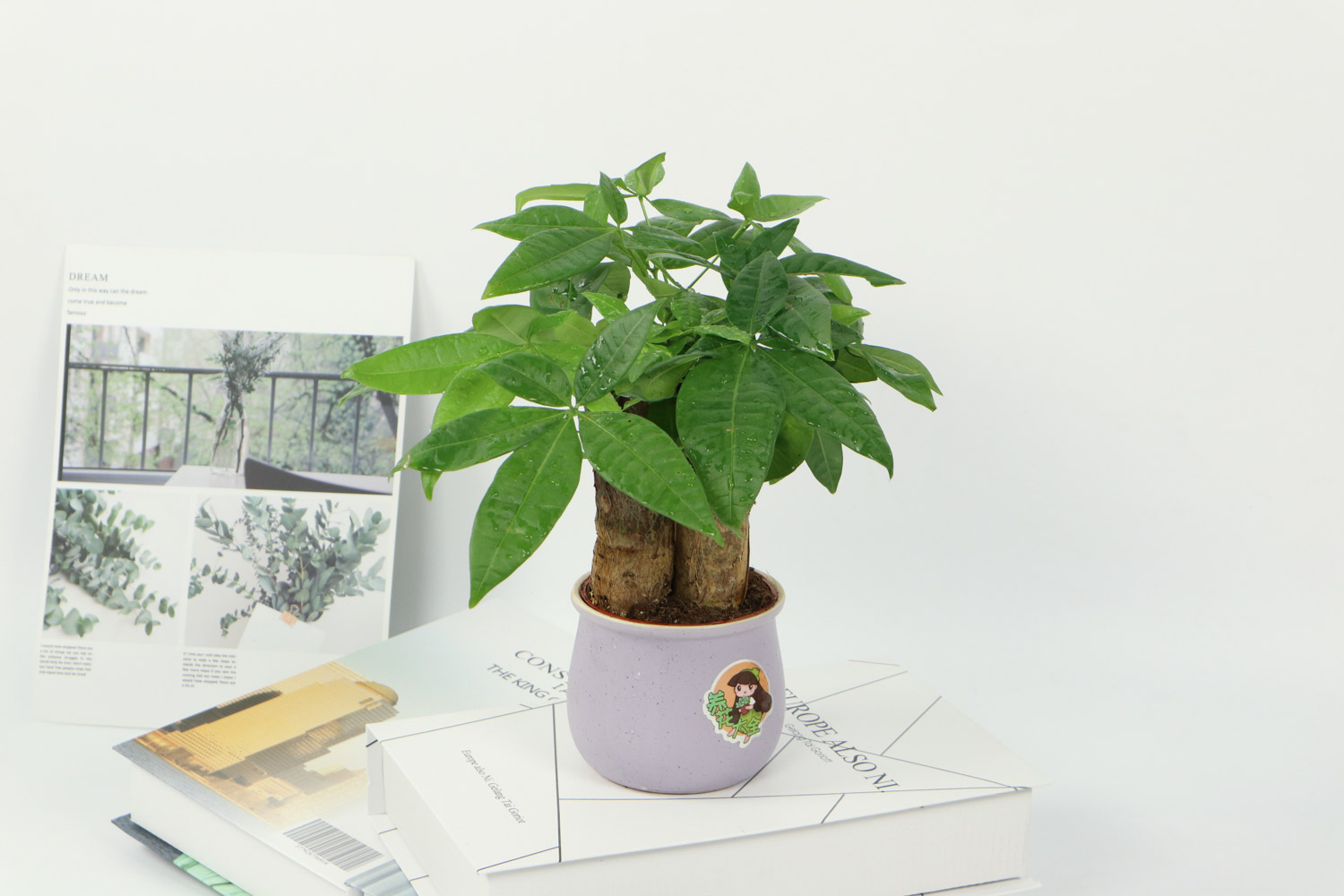
During sunny days and high temperature, the interval between fertilizer and water is short; If the rainy weather cycle is too long, less water and fertilizer can be poured or no fertilizer can be applied
2 watering
Weakly acidic water rich in organic matter is the best for the growth of jasmine, such as rainwater, household tap water, drying for 2-3 hours, and then watering
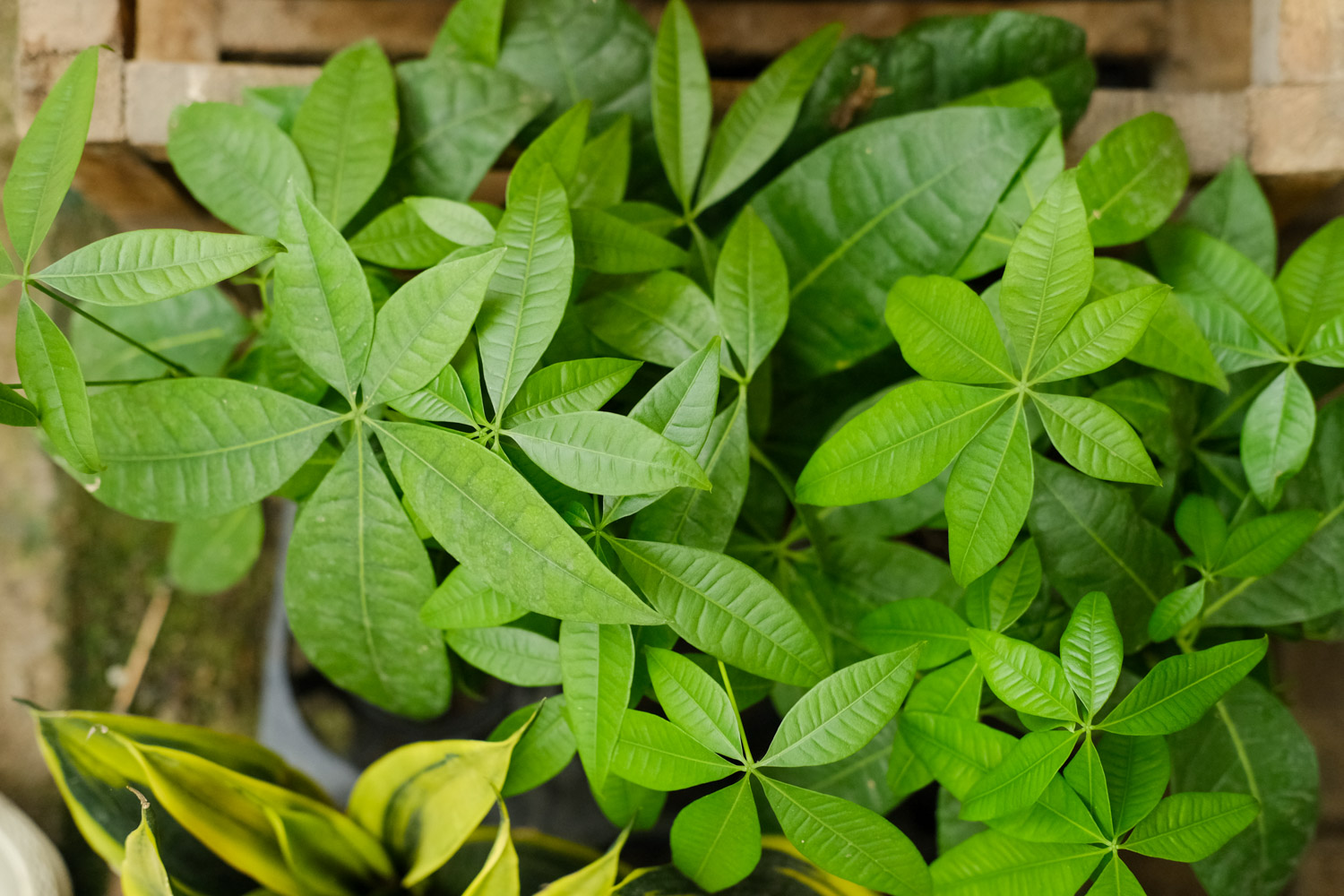
The light is not so strong in autumn, so the jasmine should be watered dry rather than wet. It should be watered 1-2 times a week for partial dry maintenance. It should be watered thoroughly every time. Only when there is water at the bottom of the basin can it come out
3 light
Jasmine likes a humid and ventilated environment and needs sufficient light. It can be placed on nanyangtai. When the sun is sufficient, the leaves are dark green and the flowers are many and fragrant; If the light is insufficient, the flowers are not only scarce, but also have insufficient fragrance
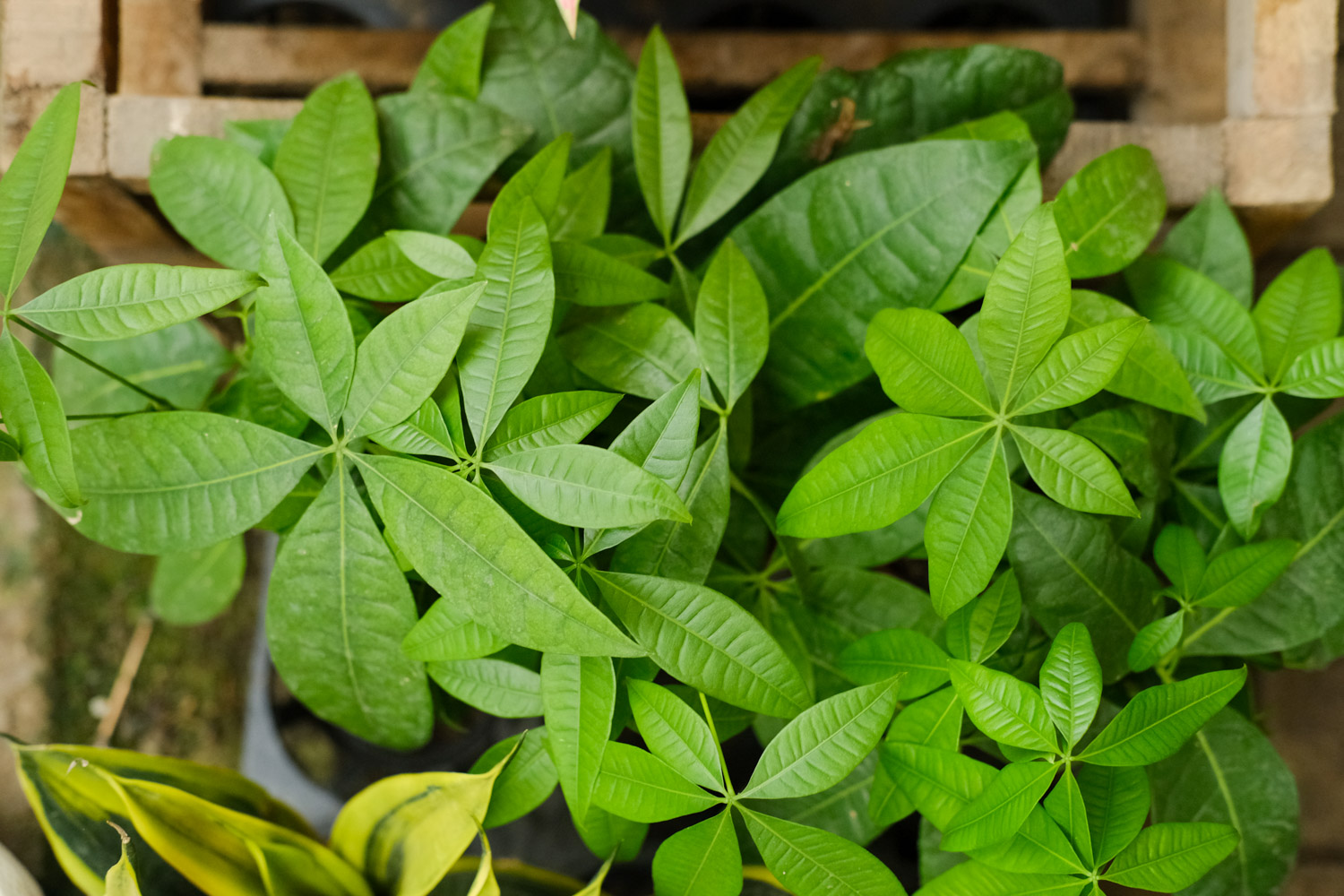
Happiness tree
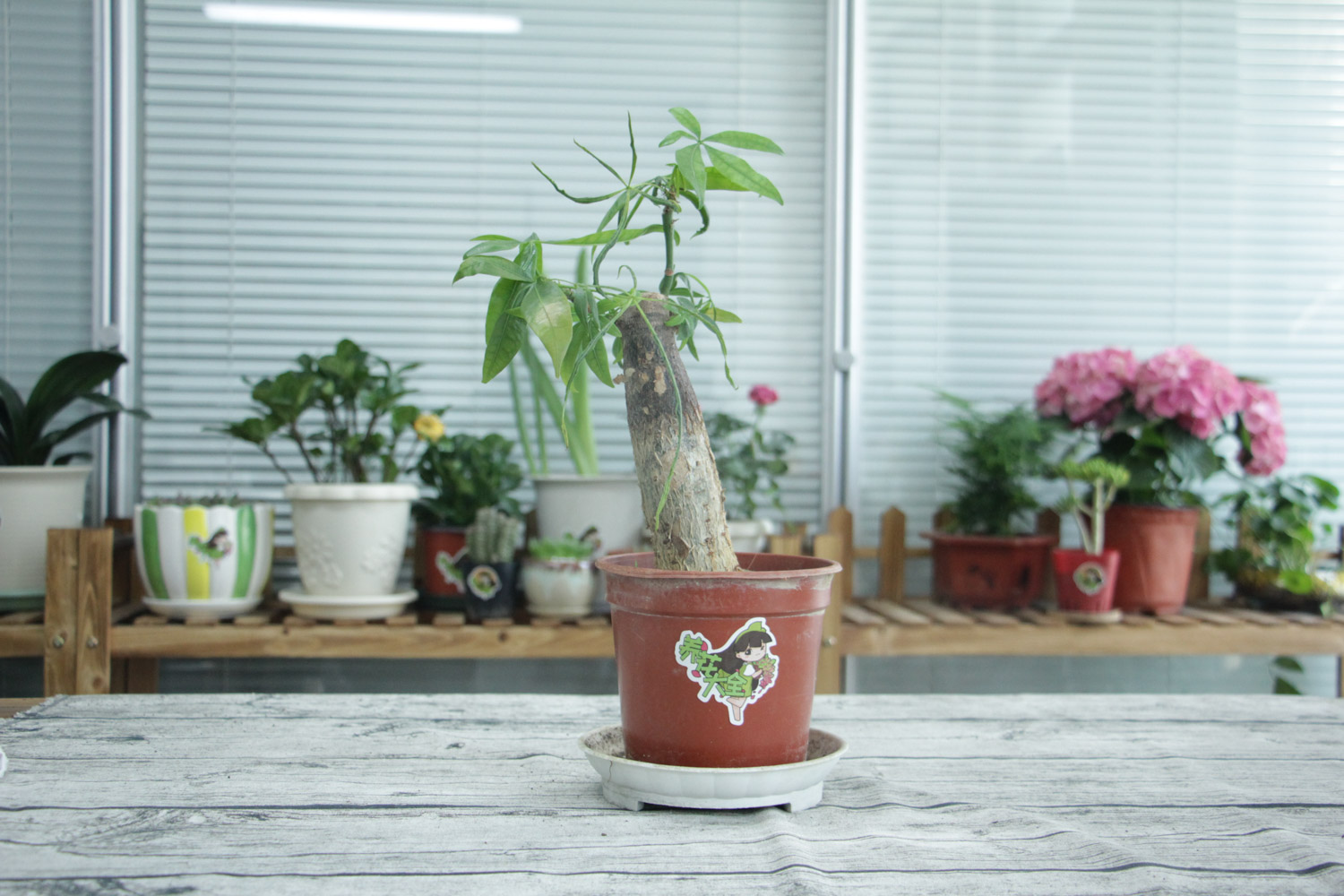
1 Soil
Happiness tree likes loose and fertile soil with good drainage and rich humus
The pastoral soil, rotten leaf soil, rotten organic fertilizer and river sand are mixed in the proportion of 5:3:1:1 for soil configuration. Perlite or vermiculite can effectively avoid soil hardening
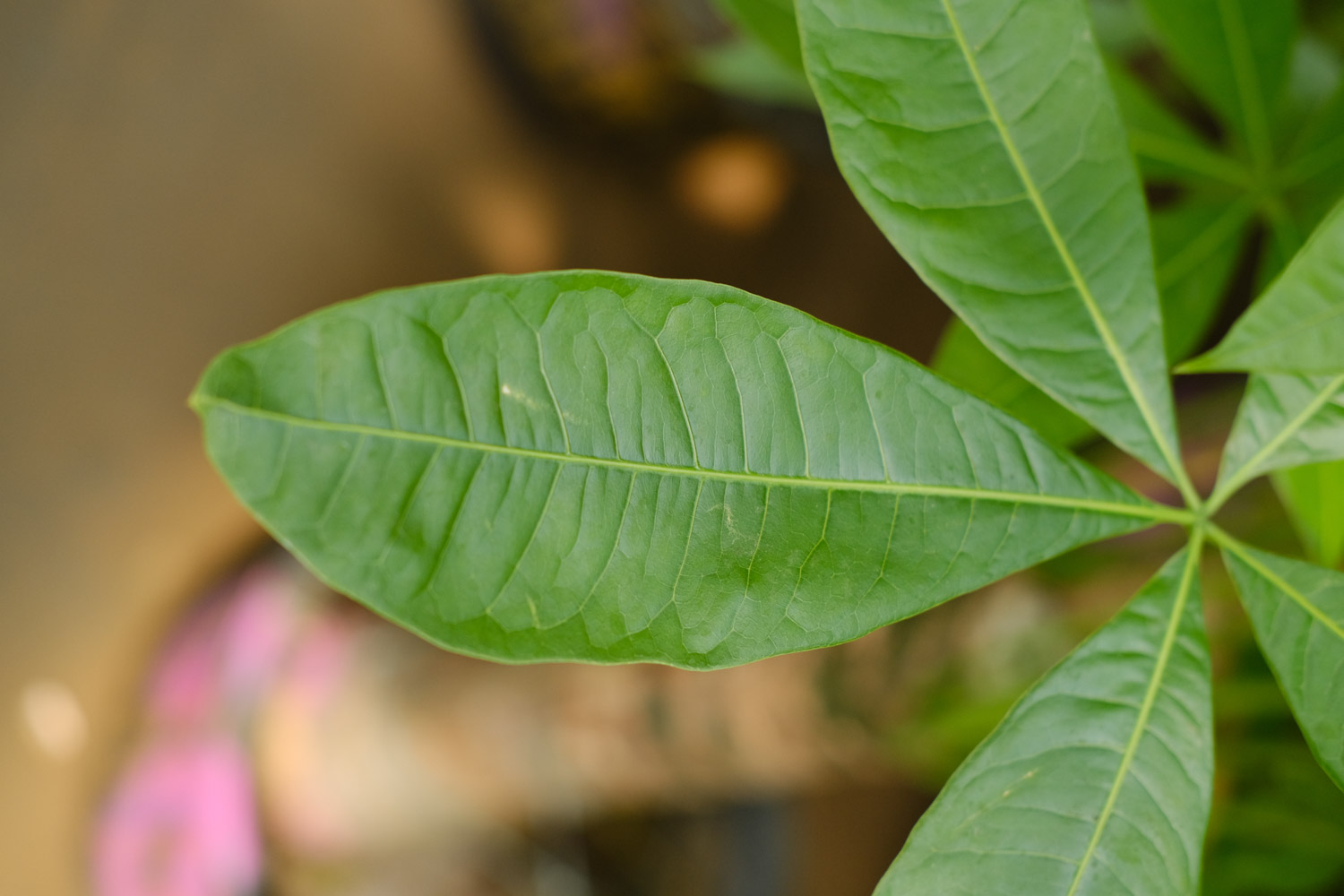
When the temperature is higher than 32 ℃ or lower than 12 ℃, do not fertilize the happy tree, because at this time, the happy tree grows slowly and has poor absorption capacity of fertilizer, which is easy to lead to fertilizer damage
2 watering
Happy trees like a humid environment, and the soil should also ensure a certain humidity
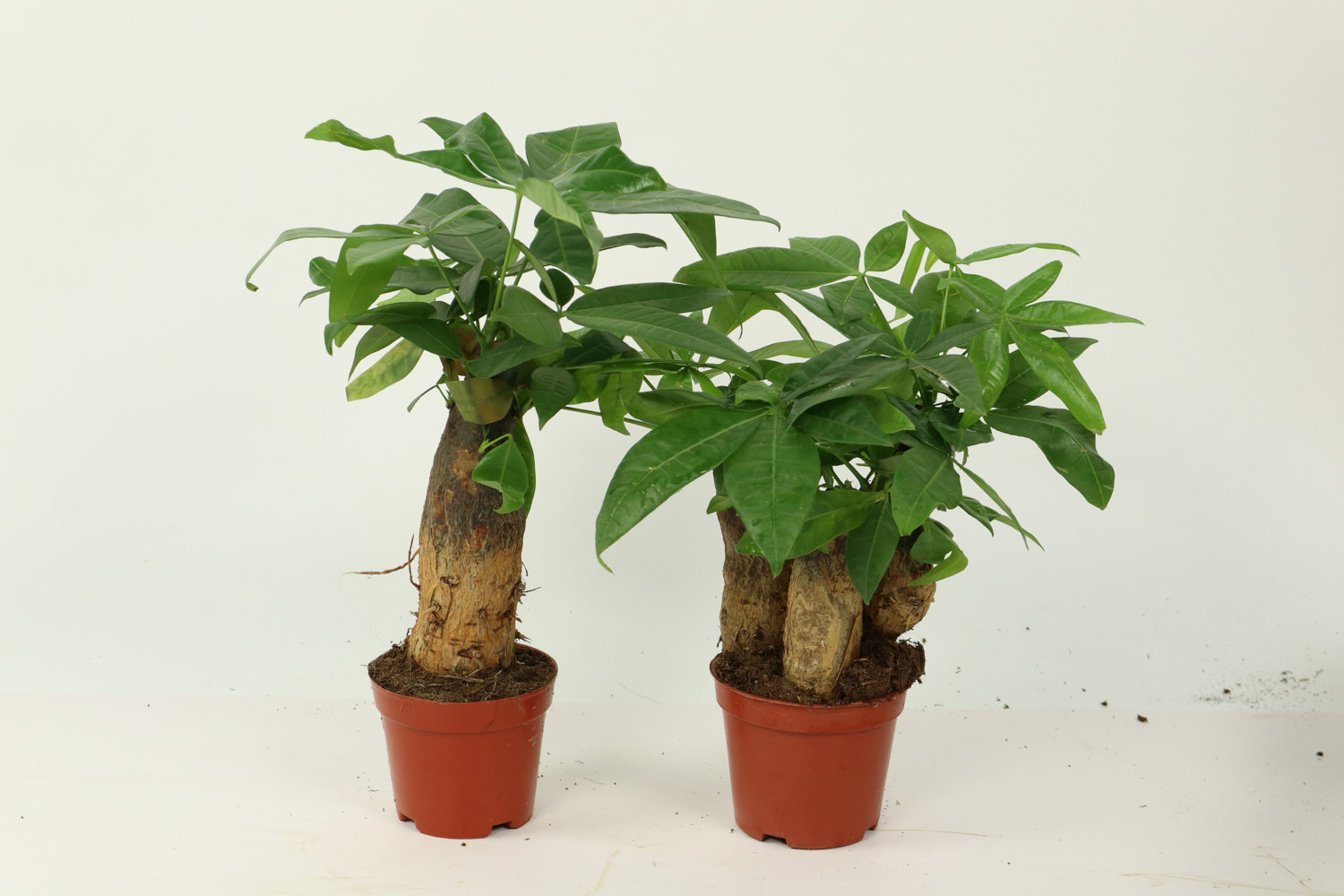
Water every 1-2 weeks in autumn. Follow the principle of "don't dry, don't water, water thoroughly". Pay attention to the weather conditions when watering, choose sunny days and don't water on cloudy days
3 light
Happiness tree likes light. It's best to place it indoors on the sunny nanyangtai to receive sufficient light. If it is placed in a dark environment for a long time, lack of light will lead to fallen leaves. The suitable growth temperature of happy tree is 20-30 ℃
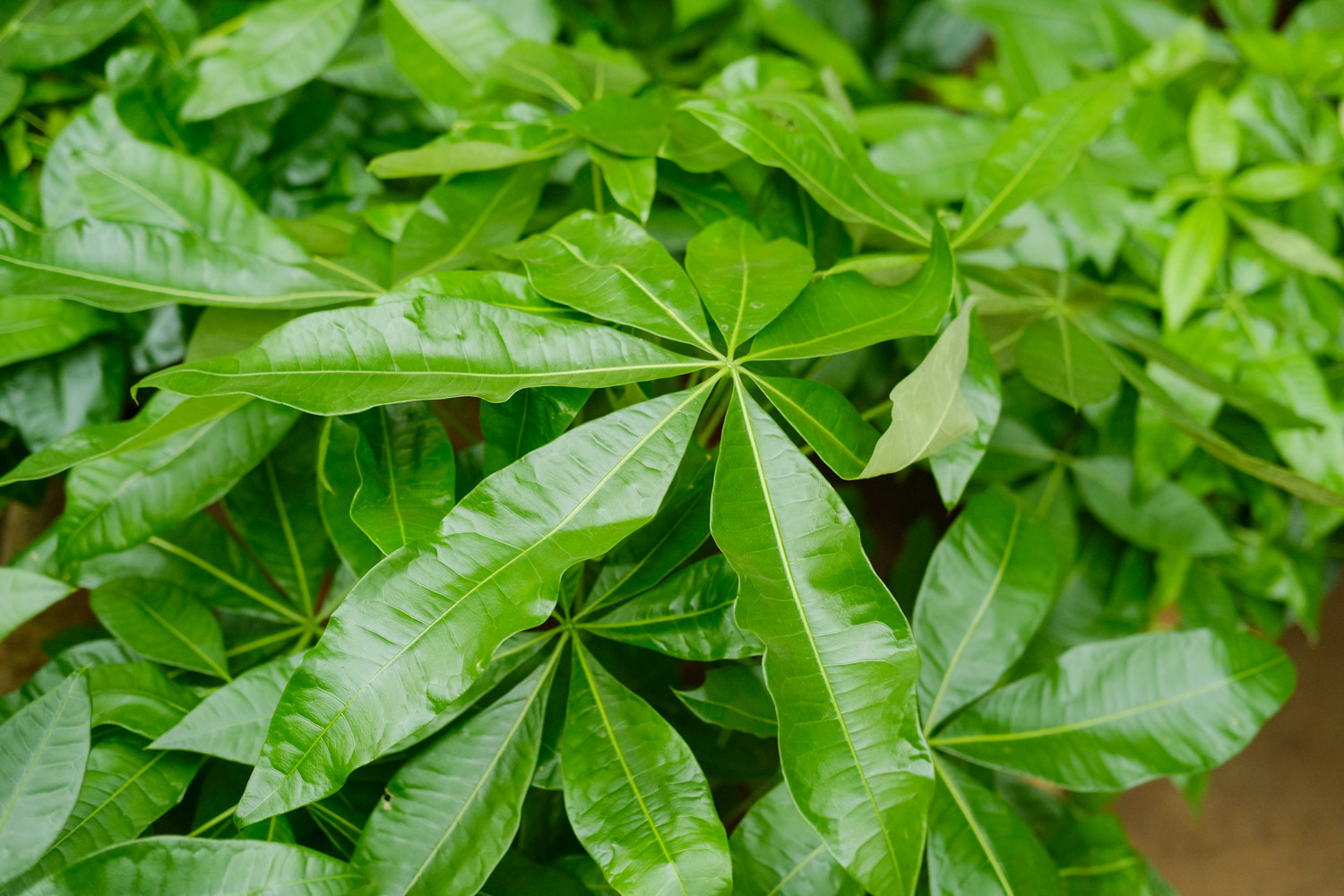
Green Rose
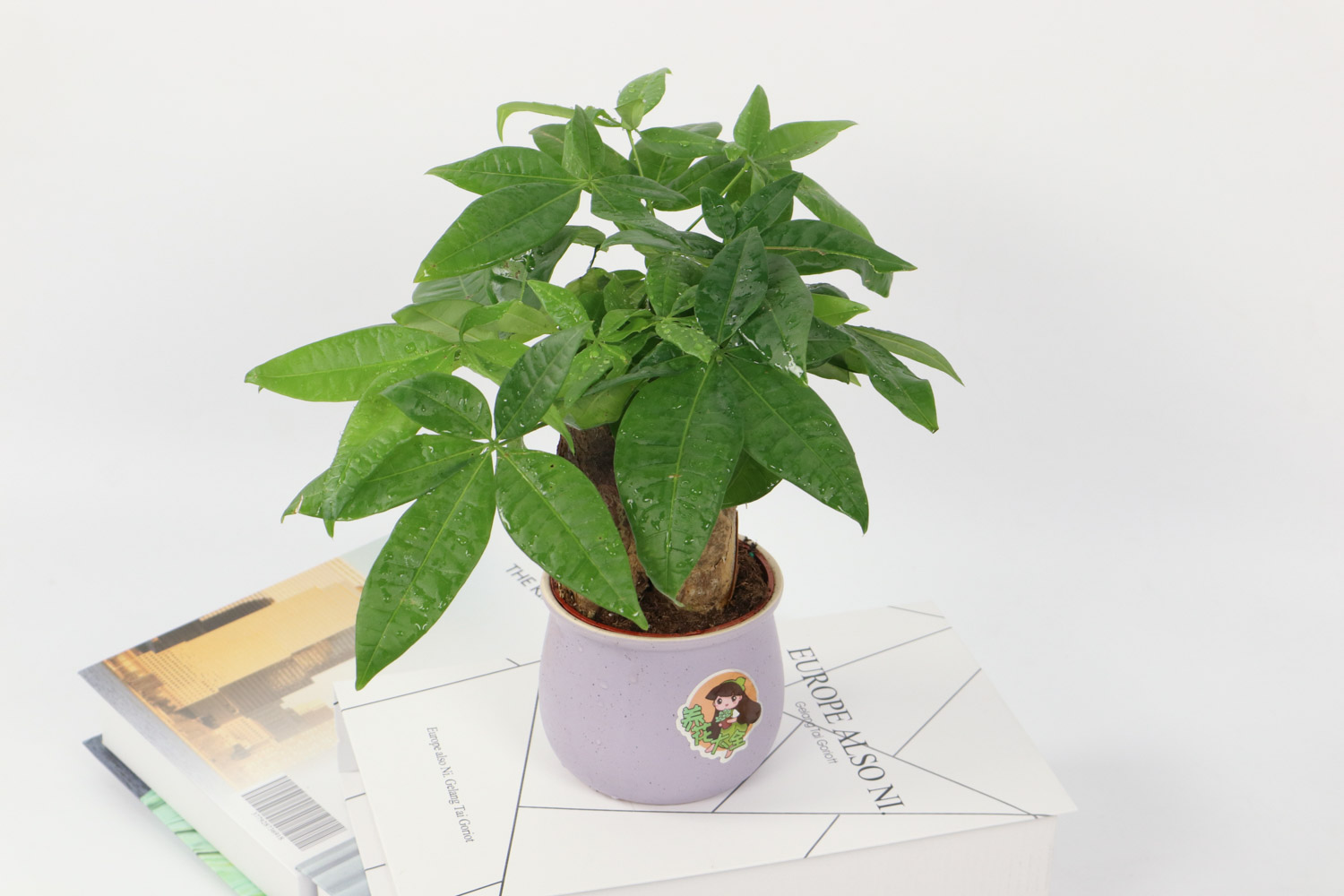
1 Soil
Loose, fertile and slightly acidic soil has the best effect on the growth of green pineapple. If the soil is selected, it can be evergreen all the year round
Pine needle has good air permeability, strong water permeability and a large amount of organic matter, so it is very effective for the growth of green pineapple

Put the picked pine needles outdoors for two days, mix the pine needles with water to achieve the effect of half water and half pine needles, and then rot the pine needles, which can promote the growth of green pineapple most obviously. In addition to pine needles, sawdust and sawdust can also replace nutrient soil

2 watering
Lvluo likes a humid environment. Watering appropriately is more conducive to growth. Don't water when the temperature is very high. Watering sooner or later is the best
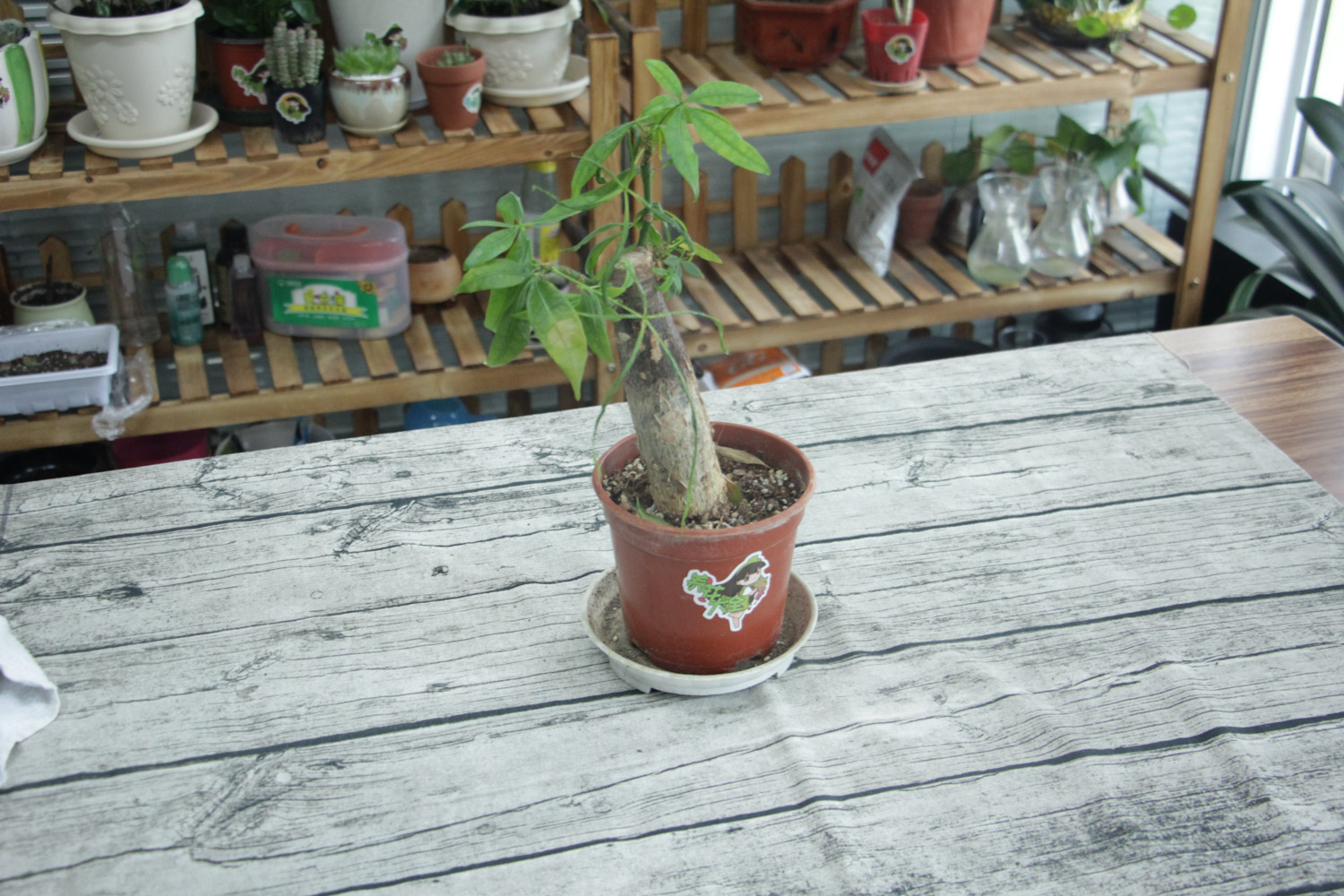
Here are some ways to judge whether the green rose needs watering
1. Insert the chopsticks into the soil and take them out in a few minutes. If the surface of the chopsticks is not wet and there is no unearthed, it indicates that they need to be watered; If the surface of chopsticks is wet and there are water stains, it means there is no need to water
2. Look at the dry humidity of the soil surface. If the soil surface is only a thin layer dry, you can not water it; If 1 / 4 of the soil is dry, water it quickly
3 looking at the leaves can also judge whether the green rose is short of water. If the leaves droop and are not energetic, it is necessary to water and supplement. This method is especially suitable for novices
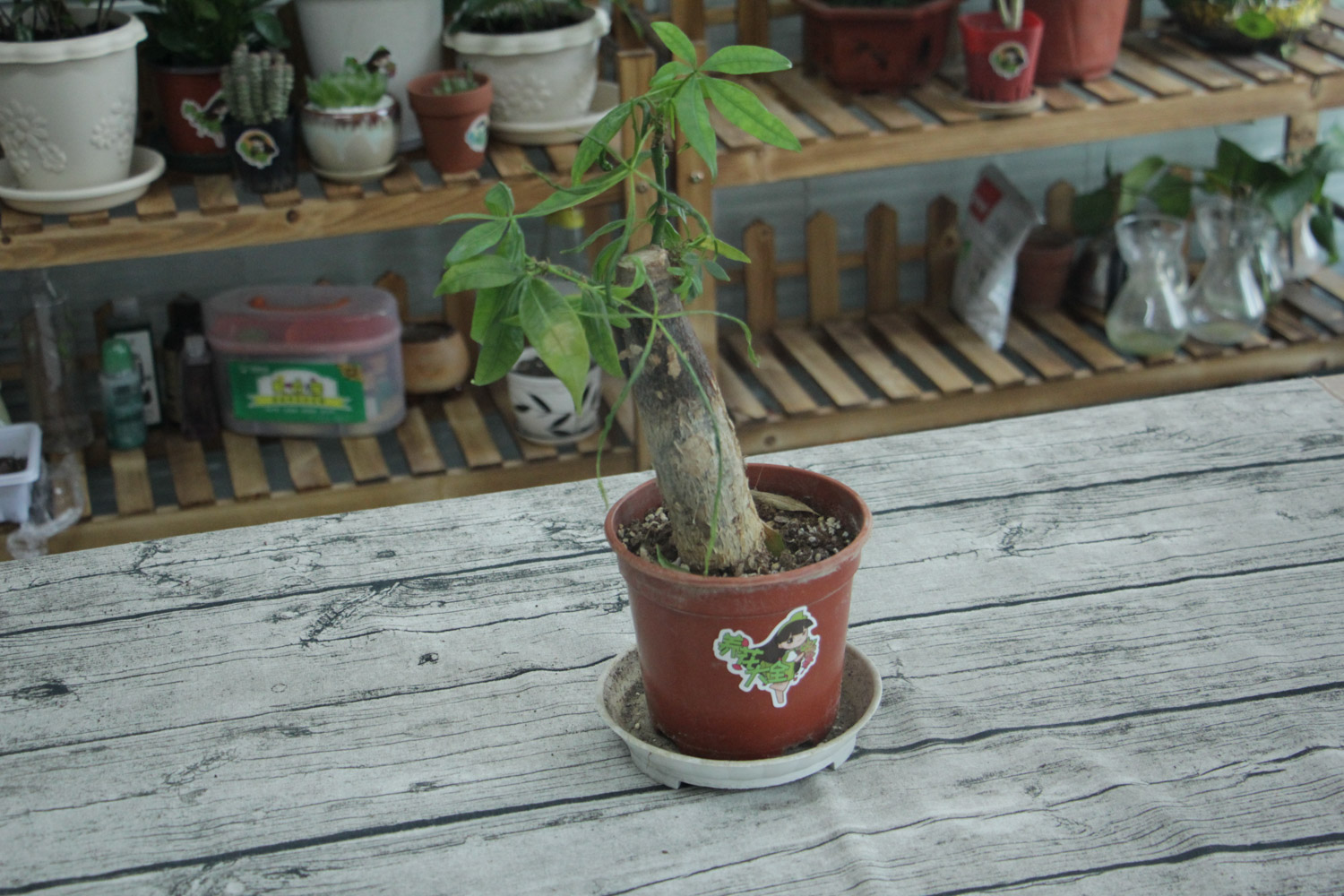
3 light
Lvluo is a shade tolerant plant, and the scattered light is the best. It can be placed on the East-West balcony or Nanyang terrace in autumn, as long as it provides an appropriate amount of light for photosynthesis
Green pineapple is sensitive to temperature, and the room temperature of 20 ℃ is the most conducive to the growth of green pineapple
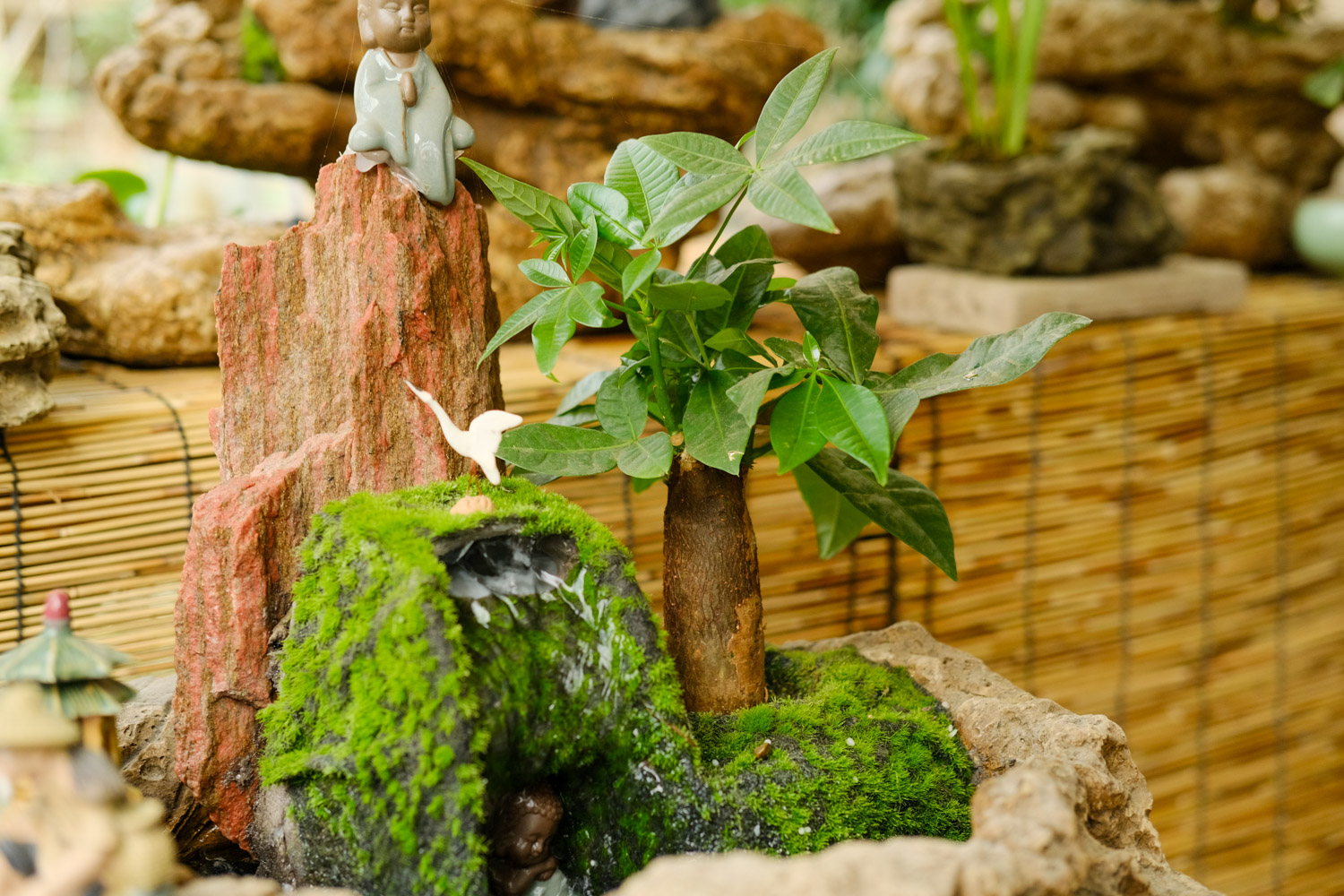

 how many times do yo...
how many times do yo... how many planted tre...
how many planted tre... how many pine trees ...
how many pine trees ... how many pecan trees...
how many pecan trees... how many plants comp...
how many plants comp... how many plants can ...
how many plants can ... how many plants and ...
how many plants and ... how many pepper plan...
how many pepper plan...


























